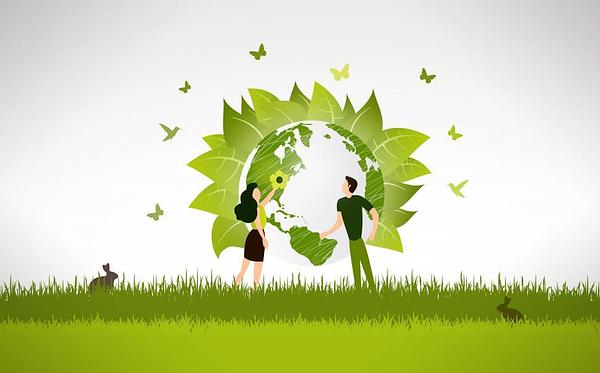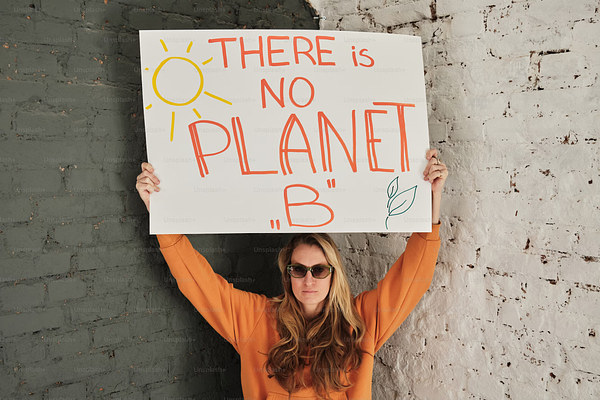When you swipe on lipstick or apply your favorite moisturizer, you might not think about what went into making it. But behind many popular beauty products lies a darker truth: animal testing. Despite growing awareness and advancements in science, millions of animals are still subjected to painful tests each year in the name of cosmetics.
It’s time to uncover the hidden cruelty—and how we can choose better.
What Is Animal Testing in Cosmetics?
Animal testing in the beauty industry often involves:
- Skin and eye irritation tests where substances are rubbed onto shaved skin or dripped into animals’ eyes
- Toxicity tests that involve force-feeding or inhalation of chemicals
- Lethality tests to determine how much of a substance causes death
Commonly used animals include rabbits, mice, rats, and guinea pigs. These tests are not only inhumane—they're also outdated and often unnecessary.
Why Is Animal Testing Still Happening?
While many countries have banned cosmetic animal testing (including the EU, UK, and India), others still allow or require it, especially for products sold in certain markets. Some brands continue testing to sell in regions like mainland China, though recent policy changes have reduced the requirement for many products.
Lack of transparency also plays a role. Some companies claim to be "cruelty-free" while contracting third parties to test on animals, or while selling in markets with testing requirements.
Is Animal Testing Effective?
Shockingly, over 90% of drugs and chemicals that pass animal tests fail in human trials, according to the U.S. FDA. That’s because animals don’t react the same way humans do. Today, there are more accurate, humane alternatives, including:
- Human cell-based testing
- Advanced computer modeling
- 3D-printed human skin tissue
These methods are not only more ethical—they’re more reliable and cost-effective.
What Can You Do?
1. Look for certified cruelty-free logos, like:
- Leaping Bunny
- PETA’s Beauty Without Bunnies
- Choose Cruelty Free (CCF)
2. Support fully vegan beauty brands, which avoid both animal testing and animal-derived ingredients.
3. Spread awareness. Many people simply don’t know this is still happening.
4. Use your voice as a consumer. Brands listen when we speak with our wallets.
Brands Leading the Way
These companies are 100% cruelty-free—and many are also fully vegan:
- E.L.F. Cosmetics
- Pacifica Beauty
- Axiology
- Youth to the People
- Rare Beauty
- Lush (note: not 100% vegan, but cruelty-free)
Final Thoughts
Animal testing in the beauty industry is a hidden cruelty we can no longer ignore. As conscious consumers, we have the power to demand change—by supporting brands that align with our values and pushing for a beauty industry that’s as compassionate as it is innovative.
💄✨ Beauty should never come at the cost of suffering.


